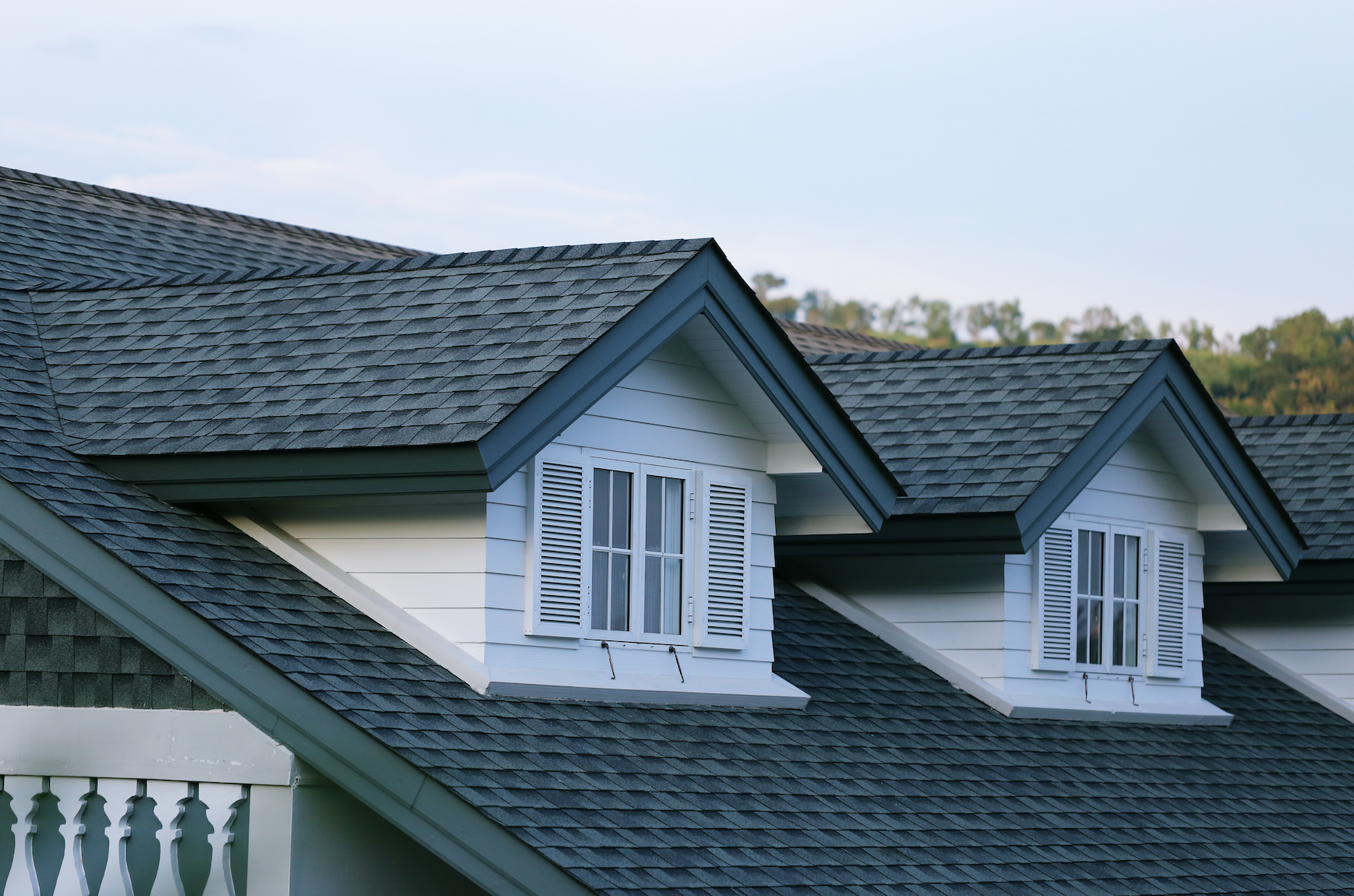
Roofing Materials Fort Collins CO
ABOUT US
Quality Roofing Materials That You Can Count On!
All of the shingle manufacturers that we install offer a Class 4 Impact Resistant shingle. If you are looking for a simple shingle replacement, or a full robust roof repair and replacement we are the crew who will get you a sustainable solution at a great price.
Class 4 Impact Resistant Shingles
This type of shingle is considered to be the best protection for your home as far as asphalt shingles go. The shingles are tested by the insurance underwriters and meet the criteria to reach a Class 4 impact resistant rating. This means they are rated to withstand hail hits up to 2″ in diameter and also come with a 50 year manufacturers warranty. Because of the durability of these shingles some insurance companies will provide a premium discount up to 30%* . Give us a call today for an estimate on one of these great products to protect your home.
Contact us today to find out more about our
Residential Services Fort Collins Residential Roof Repair
See how we can transform the outside of your home into something spectacular while protecting everything inside!
FAQ
-
The most popular roofing materials include asphalt shingles, metal roofing, clay or concrete tiles, wood shingles or shakes, slate, and synthetic roofing materials. Factors such as climate, budget, aesthetics, and durability influence the choice of material. Asphalt shingles are affordable and versatile, while metal roofing offers longevity and energy efficiency. Clay or concrete tiles provide a classic look, wood shingles have a natural appeal, and slate offers beauty and durability. Synthetic materials are cost-effective alternatives. Consulting with roofing professionals can help make the right choice.
-
The lifespan of roofing materials can vary based on factors like quality, installation, climate, and maintenance. Here are some typical lifespan ranges:
• Asphalt shingles: 15 to 30 years (up to 50 years for high-quality ones)
• Metal roofing: 40 to 70 years or more
• Clay or concrete tiles: 50 to over 100 years
• Wood shingles or shakes: 20 to 40 years
• Slate: 75 to 200 years or more
• Synthetic roofing materials: 20 to 50 years (varies by type)
Regular maintenance and proper installation can extend the lifespan of any roof. Individual roofs may have variations, and factors like weather and maintenance quality can affect longevity.
-
Certain roofing materials are highly durable and known for their longevity. Here are some of the most durable options:
• Metal roofing: Lasting 40 to 70 years or more, metal roofs are resistant to fire, strong winds, and impact damage.
• Slate: With a lifespan of 75 to 200 years or more, slate roofs are exceptionally durable and resistant to fire, rot, and insects.
• Concrete or clay tiles: These tiles can last 50 to over 100 years. They are resistant to fire, insects, and offer excellent insulation.
• Synthetic roofing materials: Synthetic options like composite shingles or polymer-based tiles are durable, lasting 20 to 50 years. They can withstand harsh climates and resist impact damage.
Proper installation, regular maintenance, and considering climate and environmental factors can enhance the durability of any roofing material.
-
The best roofing materials for different climates depend on factors like temperature, humidity, and environmental conditions. Recommendations include:
• Hot and sunny climates: Metal roofing, clay or concrete tiles, and reflective shingles.
• Cold and snowy climates: Metal roofs, high snow load rated asphalt shingles, slate, and synthetic options.
• Humid and coastal climates: Metal roofing (aluminum or galvanized steel) and synthetic materials.
• Wind-prone climates: Metal roofs (interlocking panels or standing seam) and concrete or clay tiles.
• Moderate climates: Asphalt shingles, wood shingles, slate, and synthetic options. Always consult local building codes and professionals to determine the best roofing material for your climate.
-
There are several eco-friendly roofing material options available:
1. Metal roofing: Made from recycled materials, energy-efficient, and can be recycled at the end of its lifespan.
2. Recycled shingles: Made from rubber, plastic, or wood fiber, diverting waste from landfills.
3. Clay or concrete tiles: Long-lasting, made from natural materials, and offer good thermal performance.
4. Sustainable wood: Roofing made from responsibly sourced materials like cedar or redwood.
5. Living roofs or green roofs: Feature vegetation, providing insulation, reducing runoff, and improving air quality.
6. Solar roofing: Integrated solar panels harness renewable energy.
Consider durability, energy efficiency, recyclability, and production impact when choosing an eco-friendly roofing material. Consult with professionals and research certified options.
-
Different roofing materials have varying maintenance requirements. Here's a summary:
1. Asphalt Shingles: Regular inspection for damage or missing shingles, clearing debris, cleaning gutters, and applying anti-algae treatments.
2. Metal Roofing: Inspect and tighten loose panels, clear debris, check and repair sealant or caulking, and address rust spots.
3. Clay or Concrete Tiles: Replace cracked or broken tiles, clear debris, repair mortar or flashing, and apply sealant.
4. Wood Shakes or Shingles: Inspect for decay or infestation, clear debris, trim overhanging branches, and apply wood treatments.
5. Slate Roofing: Replace cracked slates, clear debris, repair flashing or mortar, and secure loose slates.
6. Flat Roof (Built-up, EPDM, PVC): Inspect for damage, clear debris and drains, repair flashing, and maintain drainage systems.
-
Consider climate, durability, aesthetics, maintenance, cost, energy efficiency, building codes, noise insulation, and environmental impact when choosing a roofing material. Assess weather resistance, lifespan, maintenance needs, and architectural compatibility. Evaluate upfront cost, long-term value, and energy efficiency. Check local codes and consider noise insulation. Choose sustainable options. Consult professionals for guidance based on your needs and budget.

